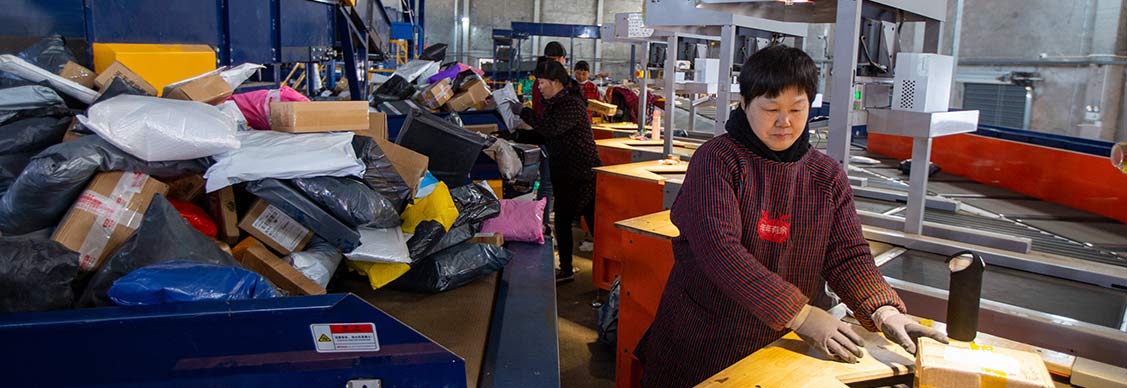Why Singles Day is causing a supply-chain rethink
New strategies emerge as “Double 11” sales growth in China dips to single digits
Every year for the last decade, consumer spending in China during its Singles Day event has soared.
From a one-day shopping festival created by Taobao Mall in 2009, the autumn sale in China has become a national event that lasts for nearly a month. Sales have gone from 50 million yuan (US$ 7.8 million) to 500 billion yuan (US$ 78.3 billion) in the last 12 years, according to Alibaba Group data.
However, this year saw the slowest growth yet, with an 8.5 percent rise from 2020, compared to the 85 percent growth the previous year, according to data from the ecommerce behemoth.
For retailers, this means “having to think much more strategically about how to maximize the Double 11 season,” says Seaky Qian, Head of Supply Chain and Logistics Solutions, JLL Greater China. “The supply chain network needs to be optimized and adjusted.”
Looking for more insights? Never miss an update.
The latest news, insights and opportunities from global commercial real estate markets straight to your inbox.
Mega shopping event
When it comes to volume of shopping during China’s big event, the figures are staggering. According to State Post Bureau, the average daily delivery volumes was 490 million pieces in 2020, double the daily average.
But with the first one-digit growth rate in the last 12 years, retailers are looking to shift focus toward improving the overall experiences, for instance by making more goods available and increasing delivery speeds. Some retailers have needed to set up temporary sub-warehouses and cooperate with courier companies to “pre-deliver” popular products to “front sites” so that customers can get their parcels hours after the orders are made.
It also means analyzing how small and medium-sized merchants perform over the period, not just the country’s biggest ecommerce firms.
As such, retailers are to taking a close look at their supply chains and making appropriate adjustments, Seaky says.
"With the rapid development of the e-commerce industry in China, the evolution of the warehouse model is a microcosm of the Double 11 impact on the supply chain,” he says. “What ultimately determines whether a company can really profit from this network traffic is supply chain management."
Some firms are using software to simulate possible issues with the supply chain incidents in order to bolster resilience.
“With network design modeling, retailers can know whether their current quantity, location and amount of space in plants and warehouses are appropriate, and where to adjust and optimize,” Seaky says.
Other groups are reviewing their business continuity plans, which should be less superficial and more of a practical guide for business units to refer to in times of plant shutdowns, warehouse port closures, or other unexpected incidents.
There’s also a need to rethink redundancy levels in warehouses, with a push away from “zero inventory” models.
“This can greatly improve supply chain resilience and help companies to cope with the impact of the pandemic and avoid supply chain disruptions,” Seaky says.
Contact Seaky Qian
Head of Supply Chain and Logistics Solutions, JLL Greater ChinaWhat’s your investment ambition?
Uncover opportunities and capital sources all over the world and discover how we can help you achieve your investment goals.
